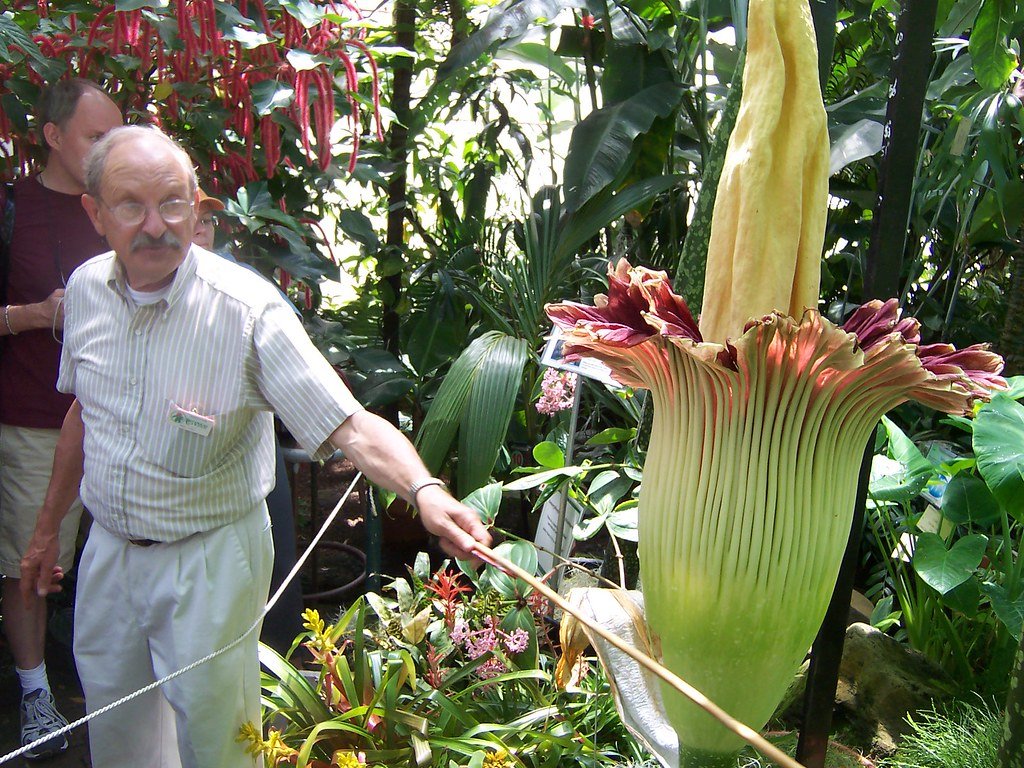In the mysterious depths of rainforests around the globe, a peculiar phenomenon unfolds that seems to be ripped straight from the pages of a science fiction novel. It is a tale of mind control, of manipulation, and of nature’s dark ingenuity. The protagonist of this bizarre saga is a tiny yet formidable foe—a parasitic fungus scientifically known as Ophiocordyceps unilateralis. This fungus, with its sinister modus operandi, has earned itself the nickname of the “zombie-ant fungus,” and its story is as captivating as it is terrifying.
The Unassuming Victim: Carpenter Ants
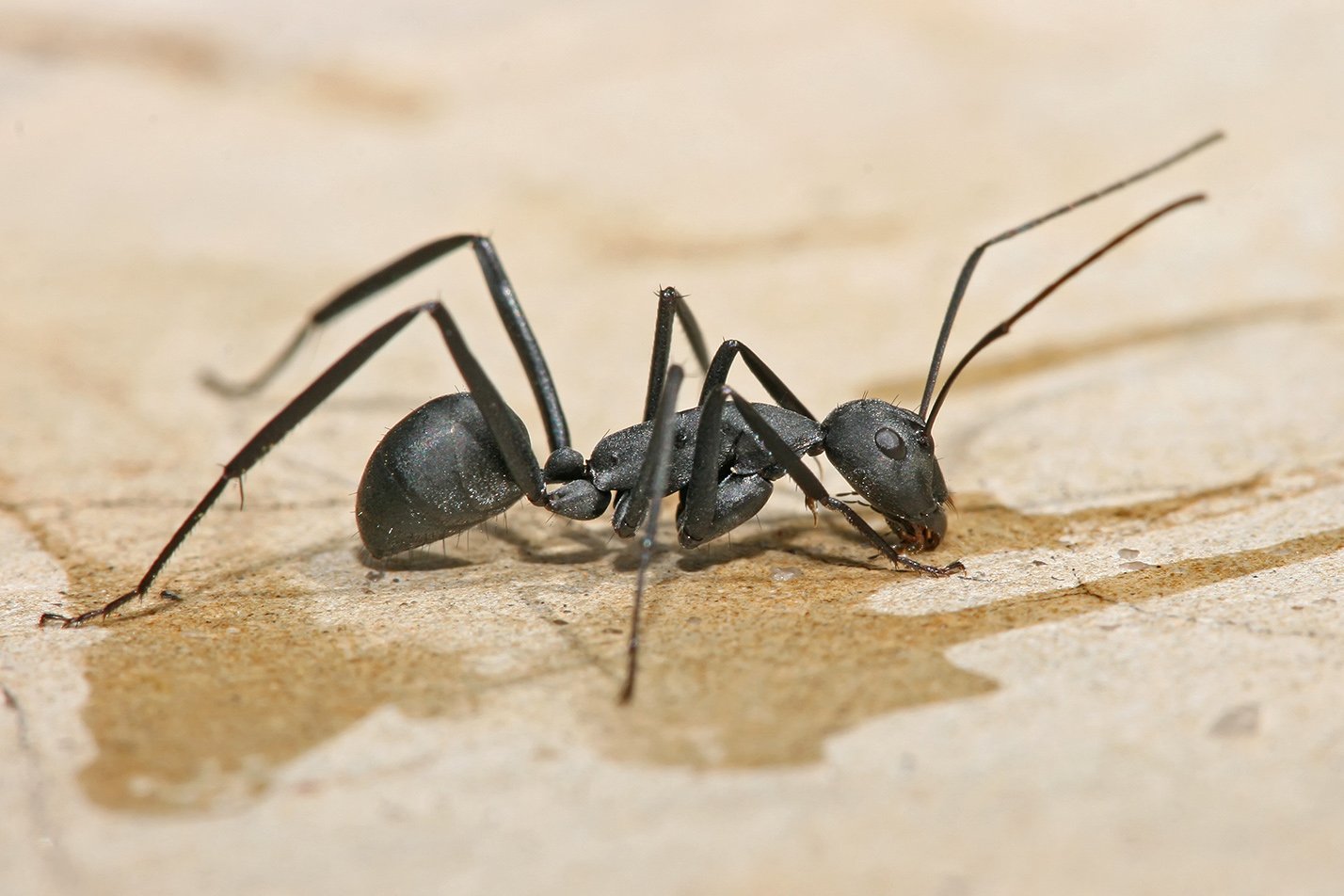
The primary victims of the Ophiocordyceps fungus are carpenter ants, a species that thrives in tropical forests. These ants are essential to their ecosystems, playing vital roles in aerating soil and breaking down plant material. However, their ecological contributions make them an ideal target for the parasitic fungus. Imagine a bustling community of ants, each going about its daily routine, unaware of the lurking danger. The fungus, in its spore form, attaches itself to an unsuspecting ant, marking the beginning of a chilling transformation.
Initial Infection: A Stealthy Attack
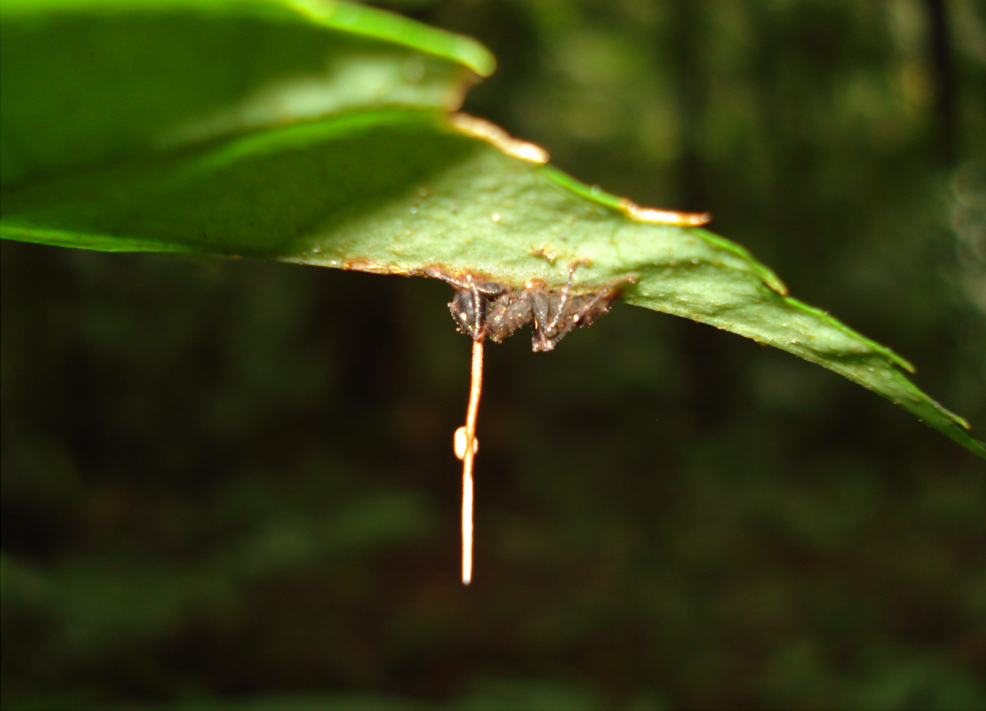
The infection begins when a spore from the fungus lands on the exoskeleton of an ant. The spore germinates, penetrating the ant’s body through tiny openings. It’s akin to a Trojan horse, silently infiltrating the ant’s defenses. Once inside, the fungus begins to grow, spreading its mycelium throughout the ant’s body. At this stage, the ant appears normal, continuing its activities without any visible signs of distress. It’s a silent invasion, a deceptive calm before the storm.
Hijacking the Ant’s Nervous System

As the fungus matures, it takes control of the ant’s nervous system, a process that is both fascinating and eerie. The ant’s behavior changes drastically; it starts to wander away from its colony, climbing vegetation with a singular purpose. This behavioral manipulation is orchestrated by the fungus, which releases chemicals affecting the ant’s brain, turning it into a puppet on strings. The once diligent worker now moves with the precision of a marionette, guided by the unseen hand of the parasite.
The Final Climb: A Grim Destination
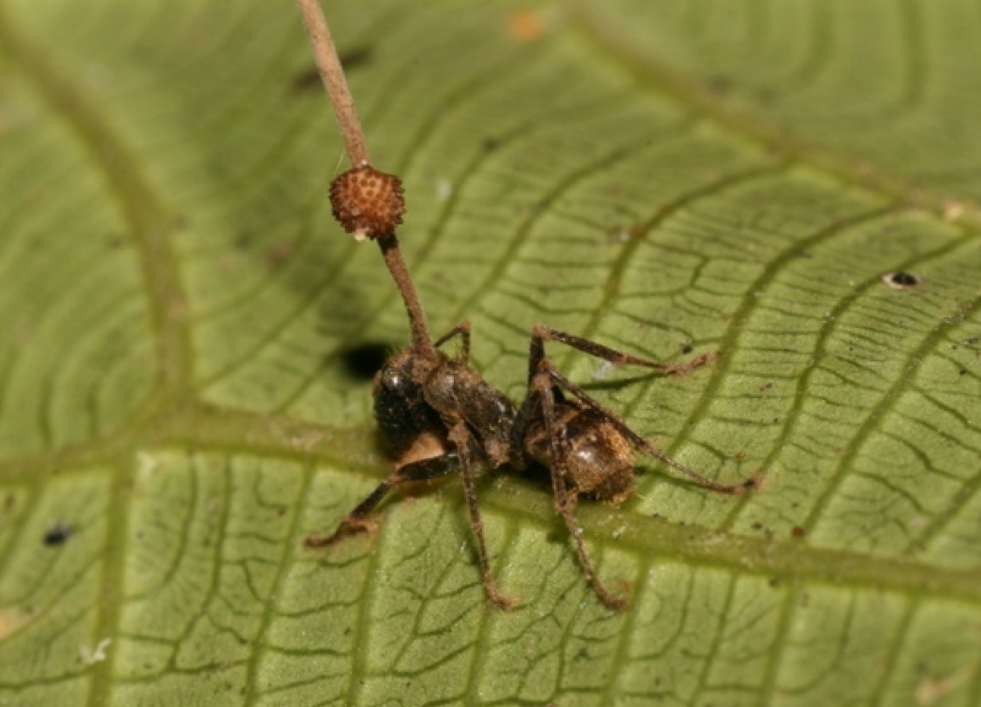
In a macabre twist, the infected ant climbs to a specific height—approximately 25 centimeters—on the underside of a leaf. This choice is not random; it’s a calculated move dictated by the fungus. At this height, temperature and humidity conditions are perfect for the fungus to thrive. The ant, driven by the fungus’s directives, latches onto the leaf with a death grip, known as the “death grip” or “zombie grip.” Here, the ant meets its demise, succumbing to the fungal invasion.
Fruiting Body Emergence: A Grim Harvest
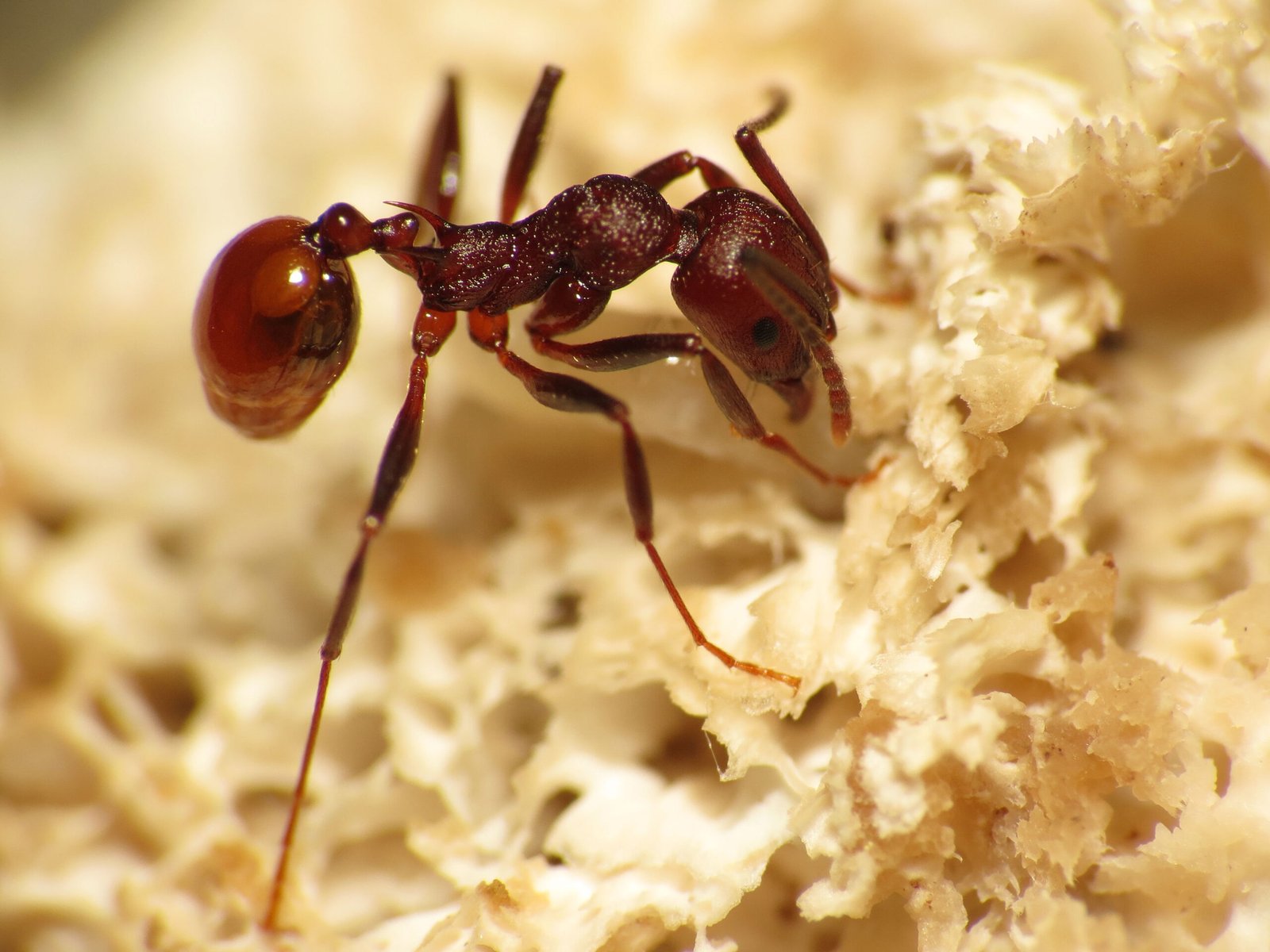
Following the ant’s death, the fungus continues its growth, bursting forth from the ant’s head in a gruesome display. This fruiting body, resembling a stalk, releases new spores into the environment, ready to infect other unsuspecting ants. The cycle of infection and manipulation begins anew, a relentless chain of nature’s dark artistry. This process ensures the survival and propagation of the fungus, a testament to its evolutionary prowess.
Ecological Impact: A Delicate Balance

While the story of the zombie-ant fungus may seem like a horror tale, it plays a crucial role in maintaining ecological balance. By controlling ant populations, the fungus indirectly influences the dynamics of the forest ecosystem. This natural regulation prevents any one species from becoming too dominant, preserving biodiversity. It’s a reminder of nature’s intricate web, where even the most unsettling phenomena have a purpose.
Scientific Discoveries: Unraveling the Mystery
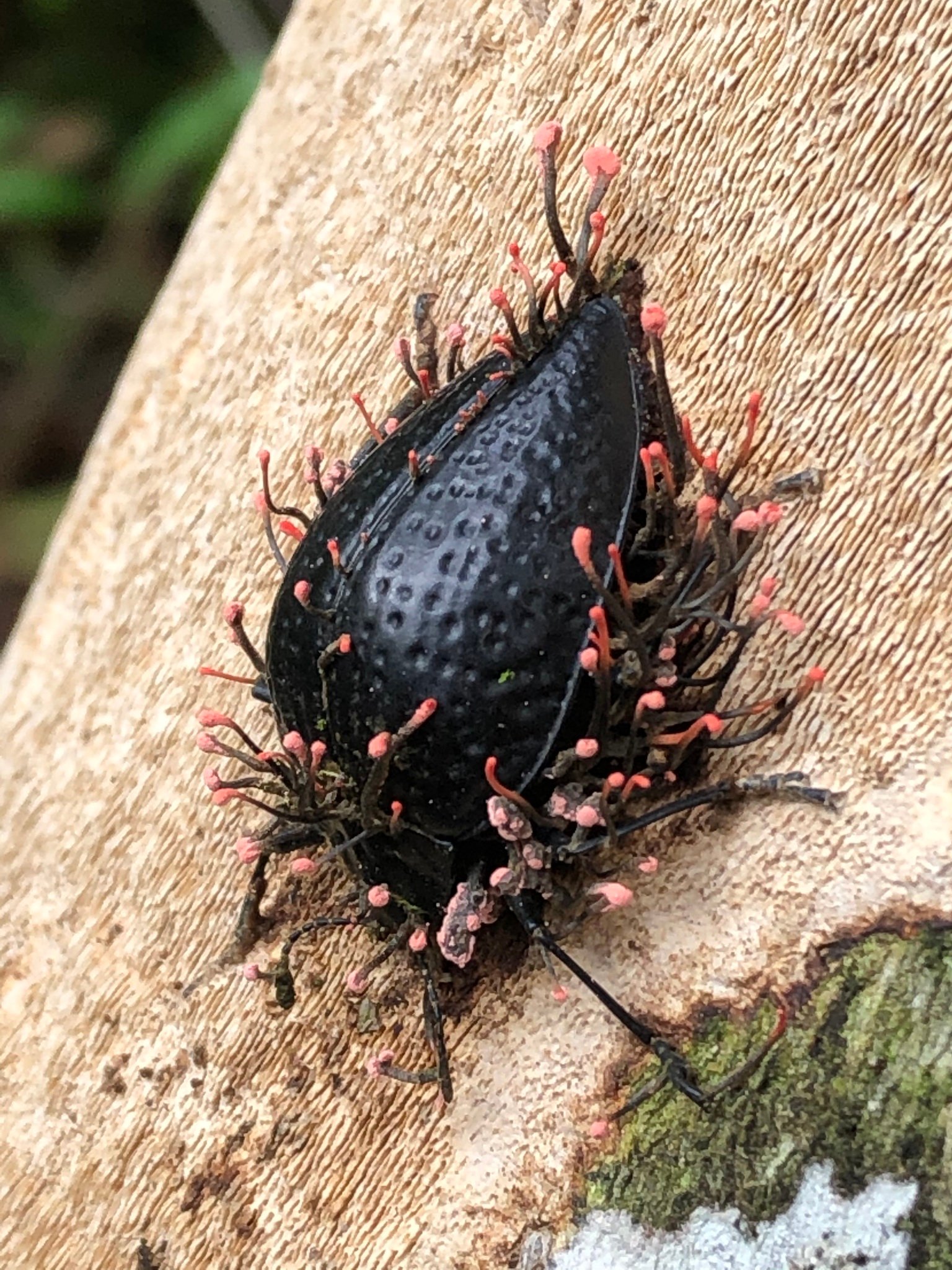
Scientists have long been fascinated by the Ophiocordyceps fungus, studying its complex life cycle and mechanisms of control. Research has revealed insights into the chemical compounds used by the fungus to manipulate ant behavior, shedding light on the broader field of parasitic mind control. These discoveries not only deepen our understanding of parasitic relationships but also have potential applications in medicine and biotechnology.
Nature’s Ingenious Strategies: A Lesson in Adaptation
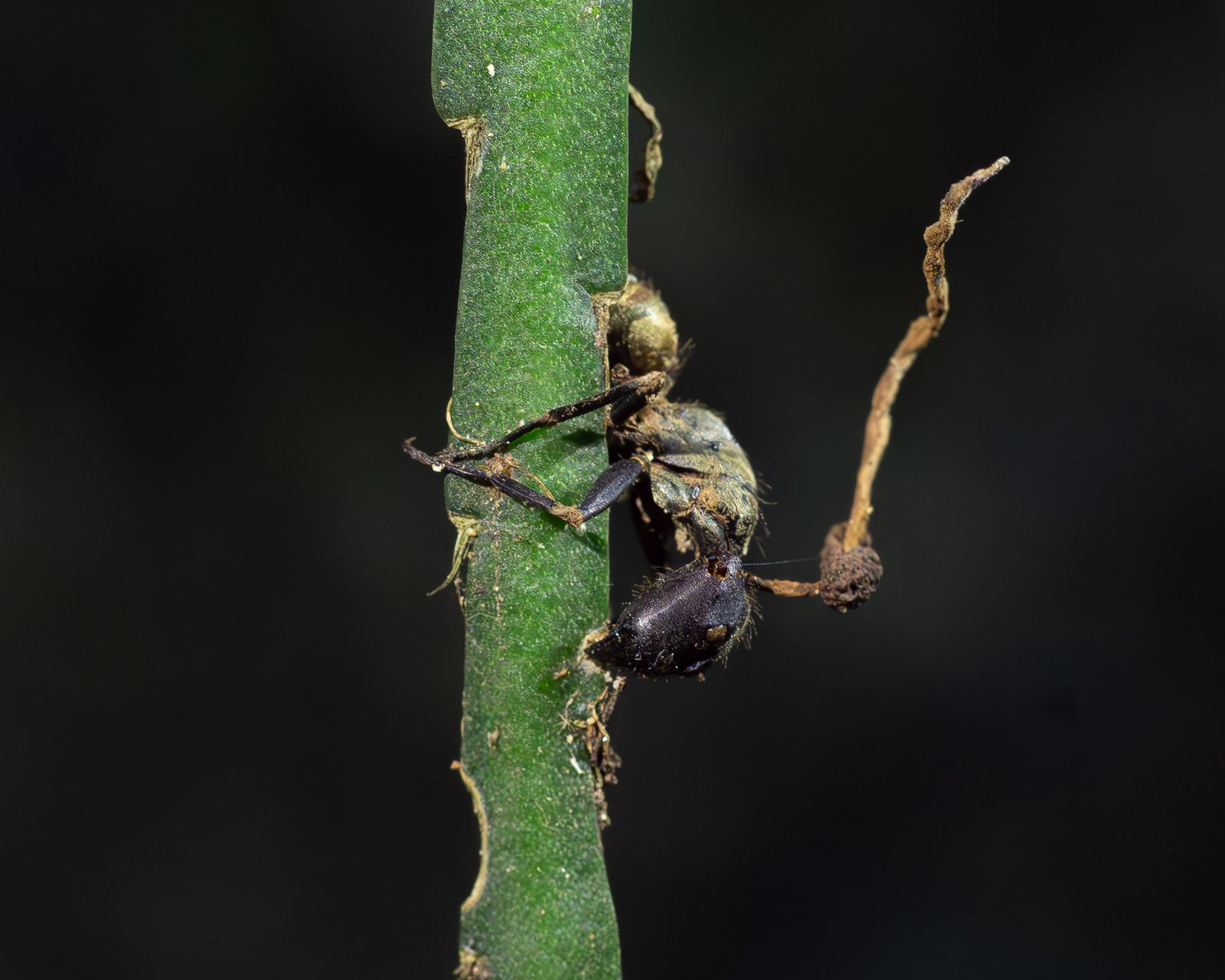
The zombie-ant fungus exemplifies nature’s ability to adapt and thrive in diverse environments. Its sophisticated methods of survival and reproduction are a testament to evolutionary ingenuity. By studying such organisms, we gain a greater appreciation for the complexities of life and the endless strategies employed by species to endure. It’s a humbling reminder of the vastness of nature’s repertoire.
The Human Fascination: Tales of Horror and Wonder

The story of the zombie-ant fungus captivates the human imagination, blending elements of horror and wonder. It has inspired countless works of fiction, from literature to film, reflecting our fascination with the macabre and the unknown. This narrative challenges our perceptions of control and autonomy, prompting philosophical questions about free will and the nature of consciousness.
Conclusion: A Call to Curiosity
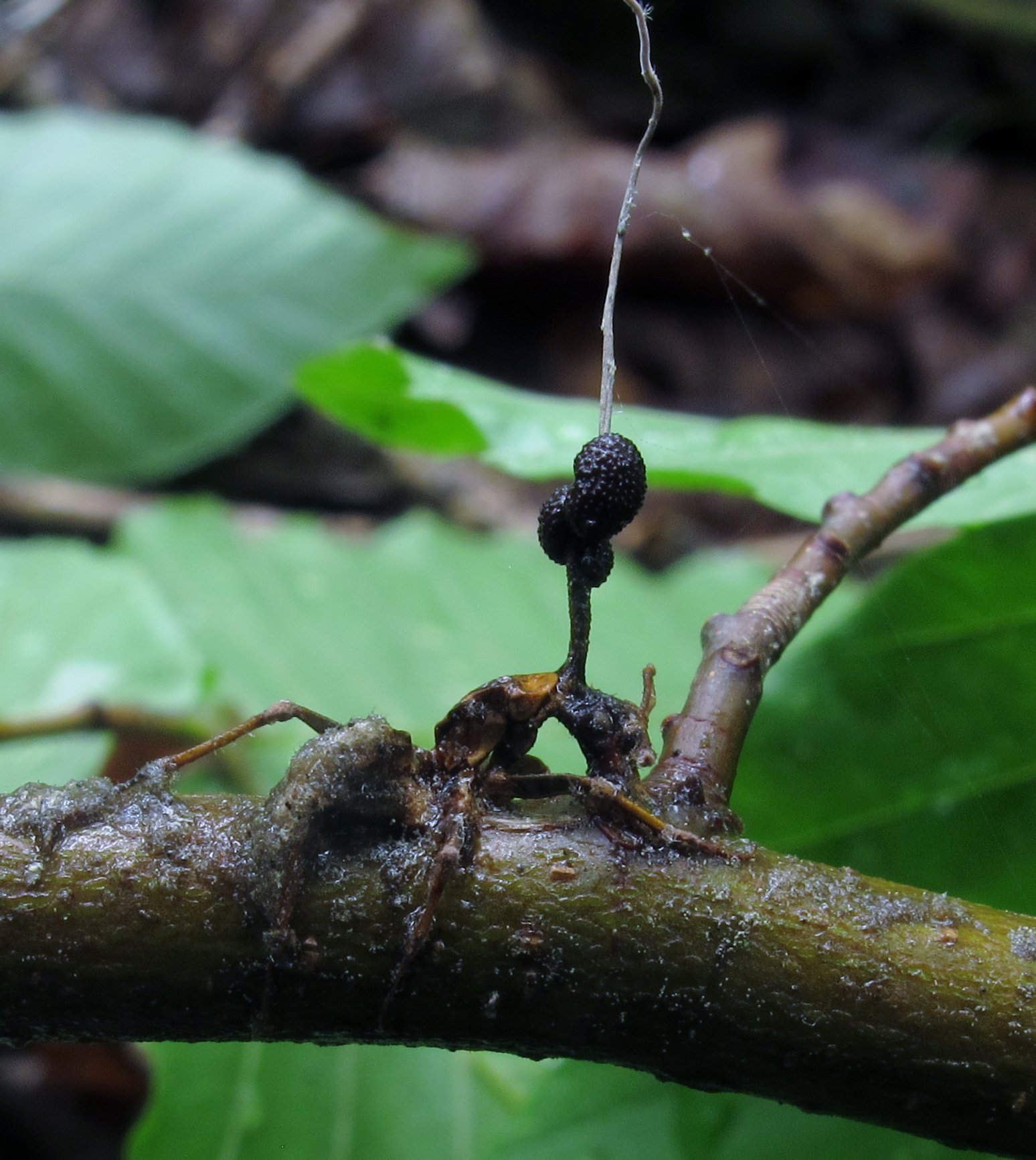
The tale of the zombie-ant fungus is more than just a story of parasitic manipulation; it’s a window into the complexities of the natural world. It invites us to explore, to question, and to marvel at the intricacies of life on Earth. As we delve into these mysteries, we are reminded of the delicate balance that sustains our planet, urging us to preserve and protect the wonders of the natural world.




